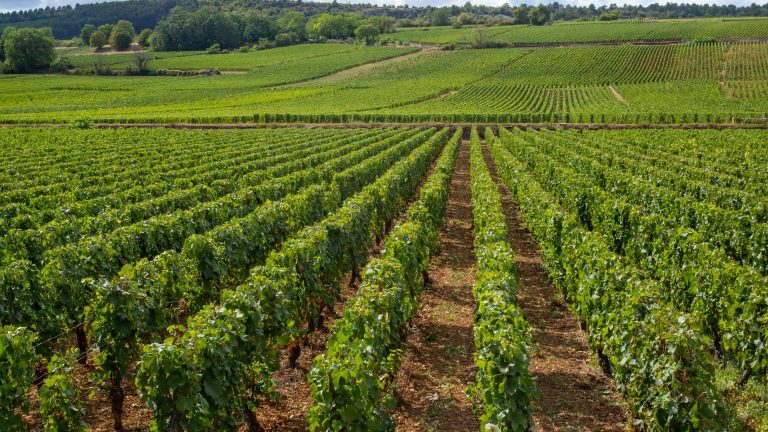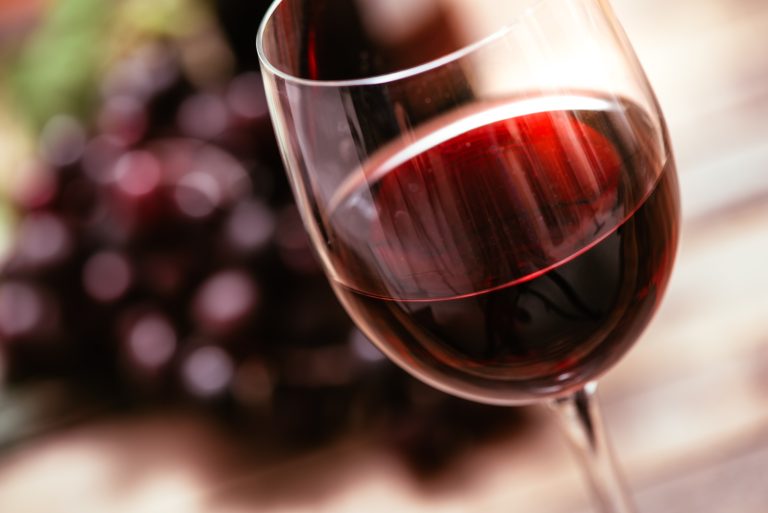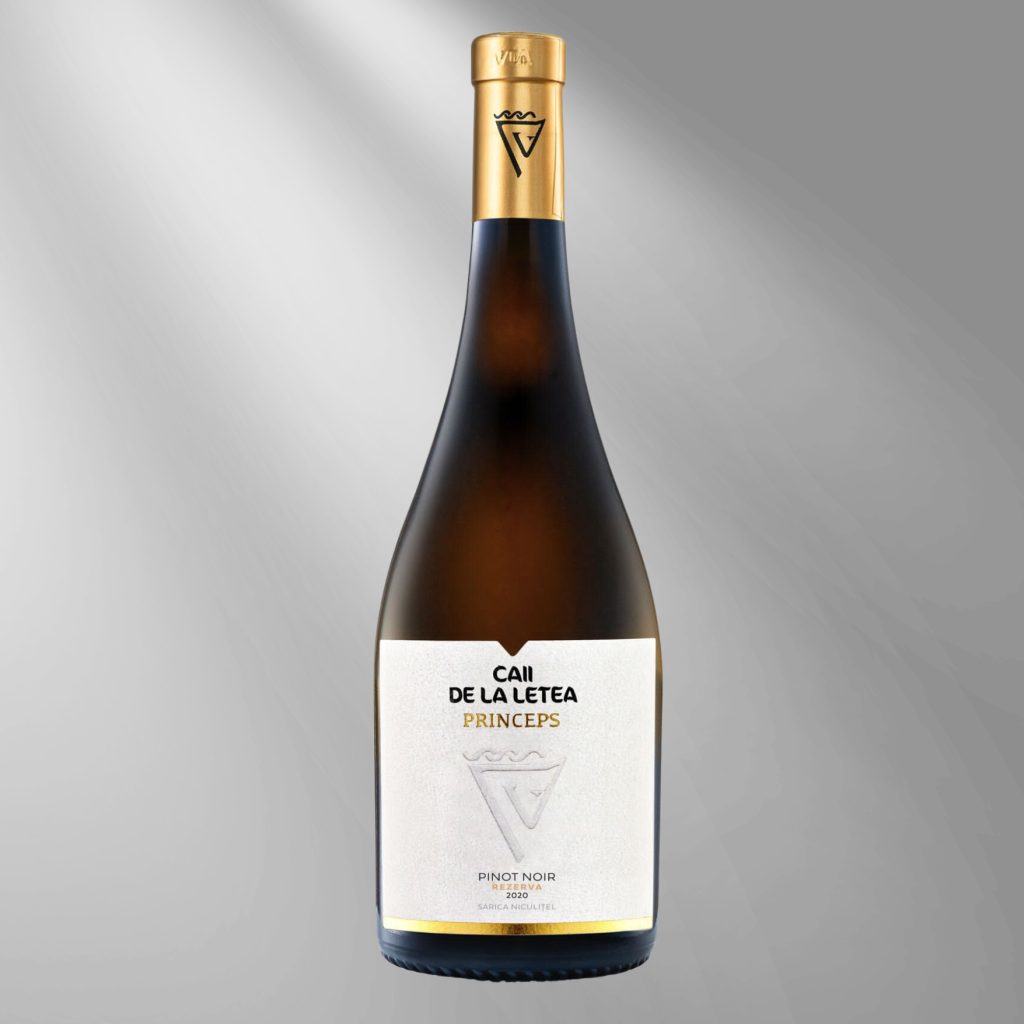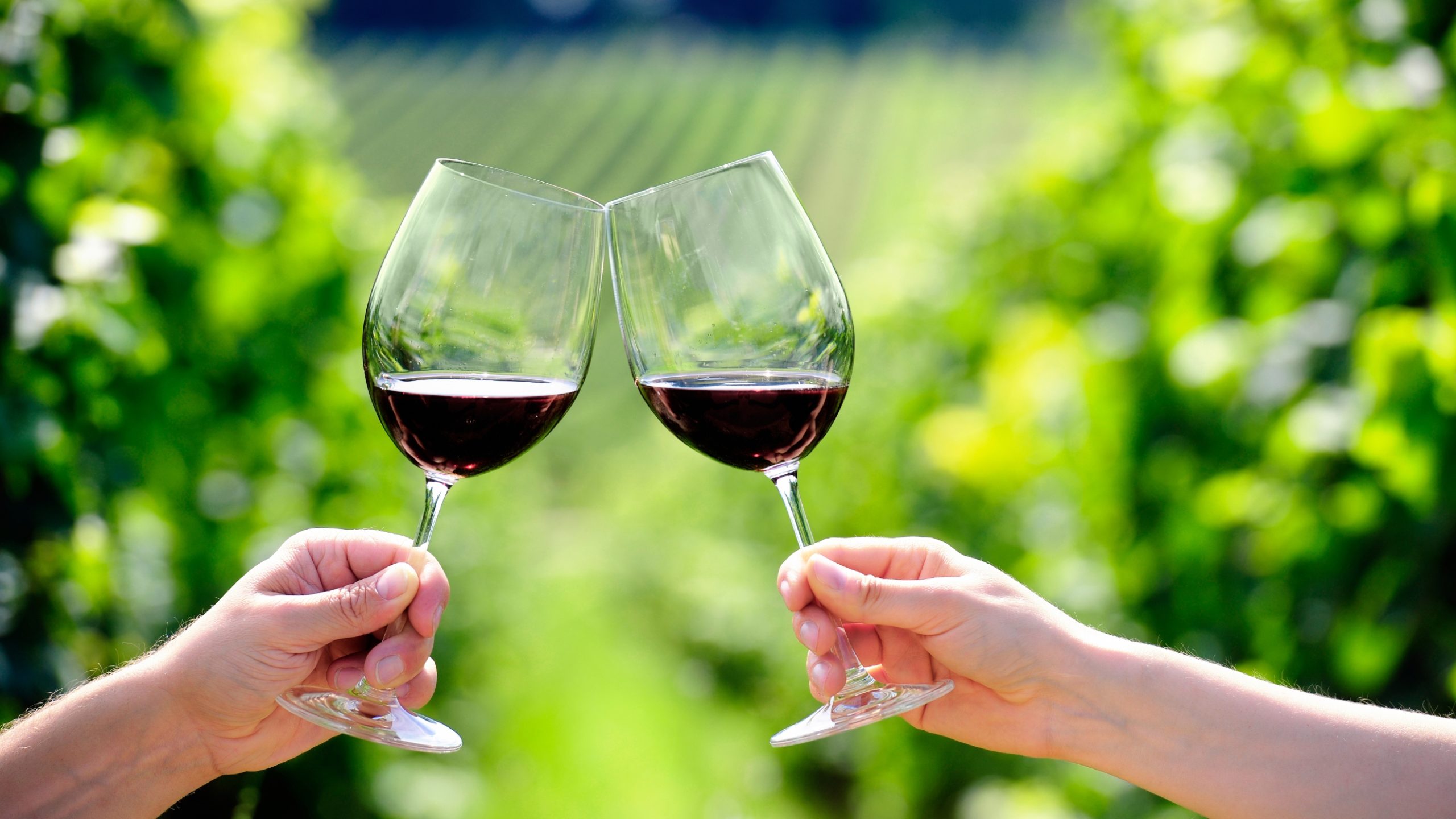A whole world is in love with Pinot noir, odes are sung to the wines of Burgundy, sometimes in the form of checks for thousands of euros per bottle, the New World counterattacks in a brutal, "extractive" style, but in Romania Pinot remains a sort of a niche, to which some point to as a negative model. Many producers use it almost exclusively for rose wines.
The two Pinots
It can be said about any grape variety that it carries at least two wines – the best and the most. Quality vs. quantity, as always. Between the two extremes there are thousands of nuances. It depends on where they grow, as much as it depends on who grows it…
But with Pinot noir, the problem is a little different from other varieties. Its two wines seem to depend much more on temperature and altitude than what the producer wants to obtain. The quantity obtained per hectare is important, of course, but not necessarily the time of picking, where this variety is a little dictator – picked too early, it will have no deep flavours, will be bitter and "green", and picking late is very risky, Since Pinot is extremely susceptible to bunch rot, but also to many other diseases. So, once picked at the optimal ripening time, Pinot noir will produce, in cool areas, soft, acidic wines with flavours of mushrooms, wet leaves, dried fruits and forest floor, and in warm areas – dense, almost heavy wines, much darker in colour and very fruity fruits, with a sweet mouthfeel.


The Burgundian standard and the Romanian offer
The great Pinots, the ones that fetch record prices (although there are plenty of them in a relatively affordable price range), are usually from Burgundy, and those who admire them look for similar aromas in wines obtained from other cold areas. In the north of Italy, for example, in the Alto Adige area, some interesting wines are born, although much darker in colour than a classic Pinot noir, which is downright pale, just a shade darker than an extractive rose wine.
To get an idea of what this grape likes, take into account that the Dealu Mare region is considered to be the epicentre of red wines in Romania, and most of the Pinots accepted by critics as similar to those from Burgundy came from… Satu Mare! In the early days of Nachbil, some remarkable results are still remembered, which we hardly wait to see again, and more recently, at the Ratesti Winery. Which does not mean that good Pinot noir is not made in Dealu Mare or in other regions.
In fact, the first great gold medal obtained by Romania at an important international competition, in the new history of domestic wine, was won by a 1999 Pinot noir, created by Aurelia Visinescu for Cramele Halewood. Aurelia continues to produce Pinots at Cramele Sahateni, with a modern accent, aimed at fully exploiting the taste of the place and the terroir.
Also in Dealu Mare, Har made a strong impression, a blend from the Dagon Winery, made of Pinot noir and Feteasca neagra, produced by an Australian oenologist from… Burgundy, of course!
Also in Dealu Mare, Pinot was used for creating SERVE‘s Cuvee Sissi, one of those wines that contradicts, through elegance and finesse, all those who say that Pinot noir should not be made as a rosé. Also here, a proof that a Pinot born with a lot of sun and a lot of heat can have more fruit, without losing its elegance – Cuvee Guillaume.
In another winemaking school, that of ecological and biodynamic agriculture, the Franco-Romanian Domains obtain Pinots that very well describe the year and place of birth. Sometimes, with more alcohol than fits this variety (it feels good between 11.5 and 13.5%, but it reaches 14.5-15.5% alc. quite easily), but often elegant, supple and acid, according to the old European school.
Pinots from other regions? Dobrogea on the rise!
If the Crisana-Maramures area is already known for several spectacular versions of Pinot, in the other regions it remains a variety that is still relatively little cultivated and known. But, wherever it was planted, it produced surprises. 2017 Mysterium brut rose sparkling is a spectacular approach – Pinot noir is also one of the basic ingredients in Champagne sparkling wines – and its quality was recently confirmed by the Grand Gold Medal obtained at the Concours Mondial du Bruxelles. And in the second Mysterium sparkling wine, there is also a fraction of Pinot, along with Chardonnay and Feteasca regala.
In the South, expression depends a lot on how hot and dry the summer is. You will find a Pinot noir closer to the French style at Domeniile Coroanei Segarcea, a more modern one at Avincis and one with "the taste of the place" at Corcova.
Some major surprises have been accounted for in recent years from Dobrogea, first at Adamclisi, from Crama Francu, and, more recently, from Sarica Niculitel, where the newly launched Pinot Noir Princeps Caii de la Letea was considered by many to be one of best wines made of Pinot noir so far.

Instead of conclusions
With a little over 2,000 cultivated hectares, Pinot noir does not seem to count amongst the preferences of wine producers in Romania, and its road to the hearts of consumers will be long and possibly guided by imports. Which imports? Well, not the high-value ones, which are aimed at a small segment of connoisseurs, and only those with some cash available, but rather the New World Pinots – stronger, more extractive, with a much more intense colour and more explosive aromas. Also, much more affordable…
If this happens, probably many producers will feel the impulse to follow the same style. A rather probable thing, since many rosés on the market are obtained by the saignee method, that is, the extraction of a fraction of rosé wine before the wine acquires its red colour from the skins, during maceration. Which means a different ratio between skins and red wine and, implicitly, a wine with a deeper colour, more extractive and with more intense aromas.
What to remember about Pinot noir?
The aromas of Pinot are influenced, as with any grape, by the soil, the conditions of the year and the amount of grapes produced per hectare, but the significant differences come from the temperature conditions.
🍷 In cool areas, the aromas we expect from Pinot noir are: mushrooms, wet leaves, forest floor, dried fruits, dried rose petals, discreet notes of cherries and raspberries. In old wines, notes of black and white truffles may develop, and on certain soils there are notes of tobacco, hay, white pepper, smoke and cloves.
🍷 In warm areas, the flavours will be more: cherries, cherries in compote, well-ripened raspberries and strawberries, cola, caramel, even blackberries and berry jams.
Food pairings for Pinot noir:
With the "European" ones: soft cheeses, dishes with forest mushrooms (a risotto or a mamaliga…), spicy duck, lamb.
With the "New World" Pinots (USA, Chile, New Zealand, Australia): game, tender cuts of beef, goulash, charcuterie.
Note that, among red wines, Pinot Noir is an exception. Its flavours are more revealing at lower temperatures, close to "white wine temperatures". 10 degrees Celsius is a good starting point.








